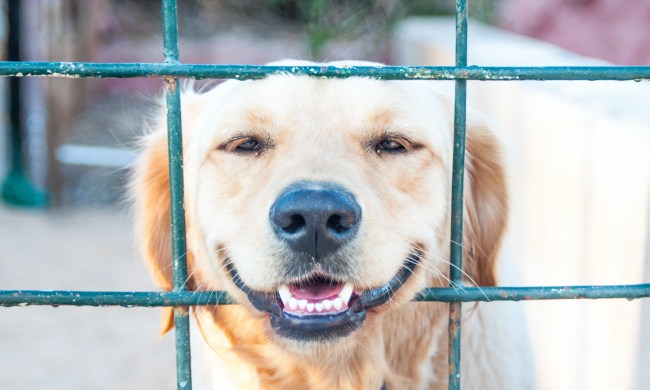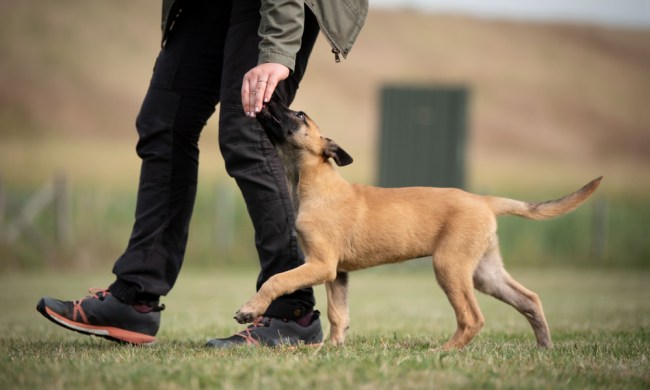Whether you have a tiny chihuahua or a massive Great Dane, your dog needs plenty of exercise to stay mentally and physically fit. Playing indoor games, taking your dog for regular walks in the neighborhood, and providing interactive toys to keep them intellectually stimulated are all fantastic ways to ensure that all of your pooch’s needs are being met. But it’s always a good idea to change things up a bit. Regular visits to your local dog park give your pup much-needed socialization with other dogs – and their pet parents – but there are a few things you should know about dog park etiquette before you take Fido to a shared space.
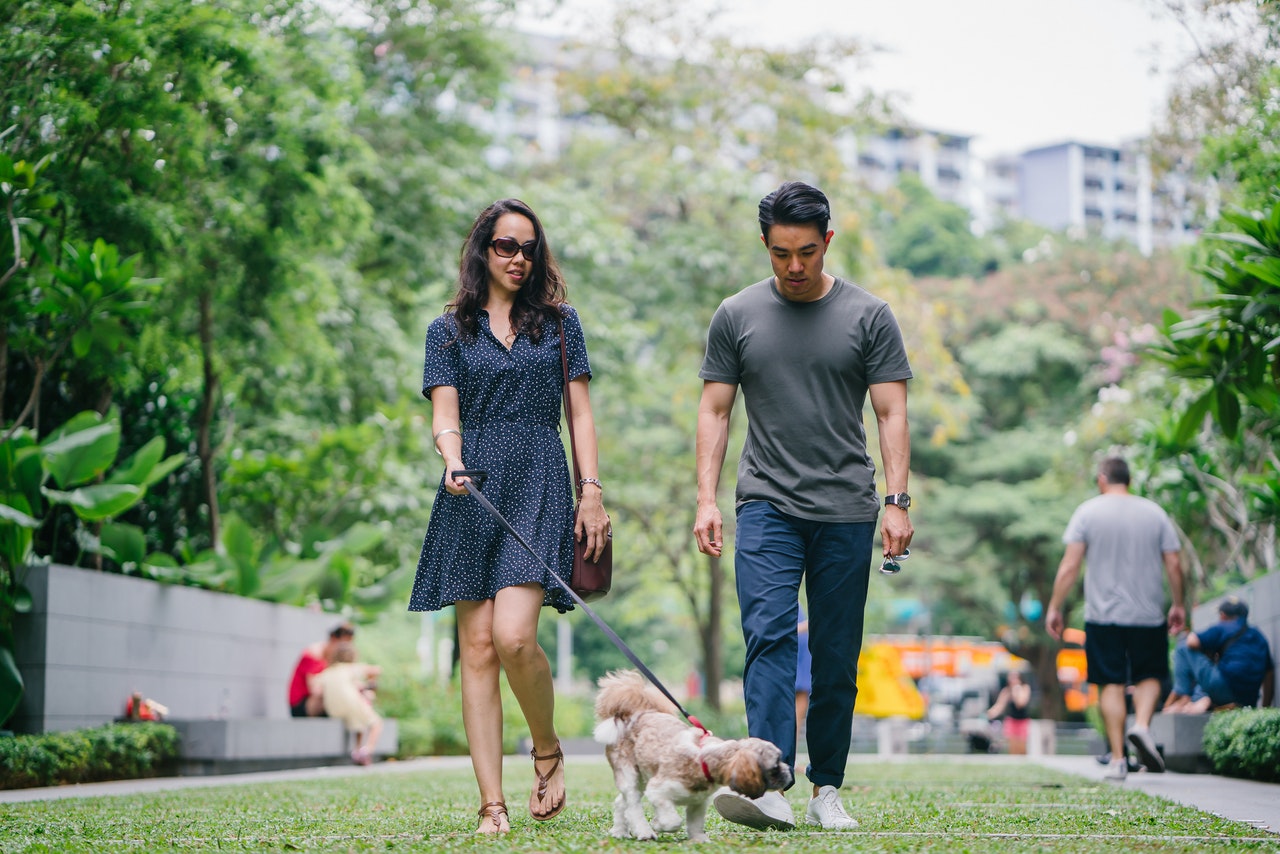
The dos and don’ts of dog park etiquette
While dog parks may differ slightly by location, they have several things in common. According to the American Kennel Club, your local dog park should have a fenced area where your dog can safely explore his surroundings off-leash. You’ll typically also find a shaded area where pups and their pet parents can relax after a vigorous play session, and you’ll often find benches or picnic tables where you can sit while your dog plays.
However, just like you keep an eye on your kids at the playground, you should also monitor your dog while you’re at the park. Here are our favorite tips on how to enjoy your outing – and advice on what not to do.
Do: Spend time socializing your dog beforehand
Your pup should be well-trained and follow basic commands before you ever set foot in your local dog park. While you can’t control someone else’s pet, you are responsible for your pup’s behavior. We suggest making sure your fur baby knows how to interact with other dogs in a friendly, non-aggressive manner before exposing him to strange dogs.
Don’t: Treat the dog park like a people park
Although you may find a picnic table or comfortable bench at your local dog park, please refrain from eating your lunch there. Many dogs have been trained using treats, so if a stranger’s dog smells your bag of snacks, he may think you’re trying to teach him a new command and crowd your dog in search of a treat. In some cases, this can even lead to aggression between your dog and someone else’s pup. Not only that, but some dogs have food allergies. Even if your dog can safely nibble a bite of your peanut butter sandwich, that doesn’t mean it’s safe for another dog.
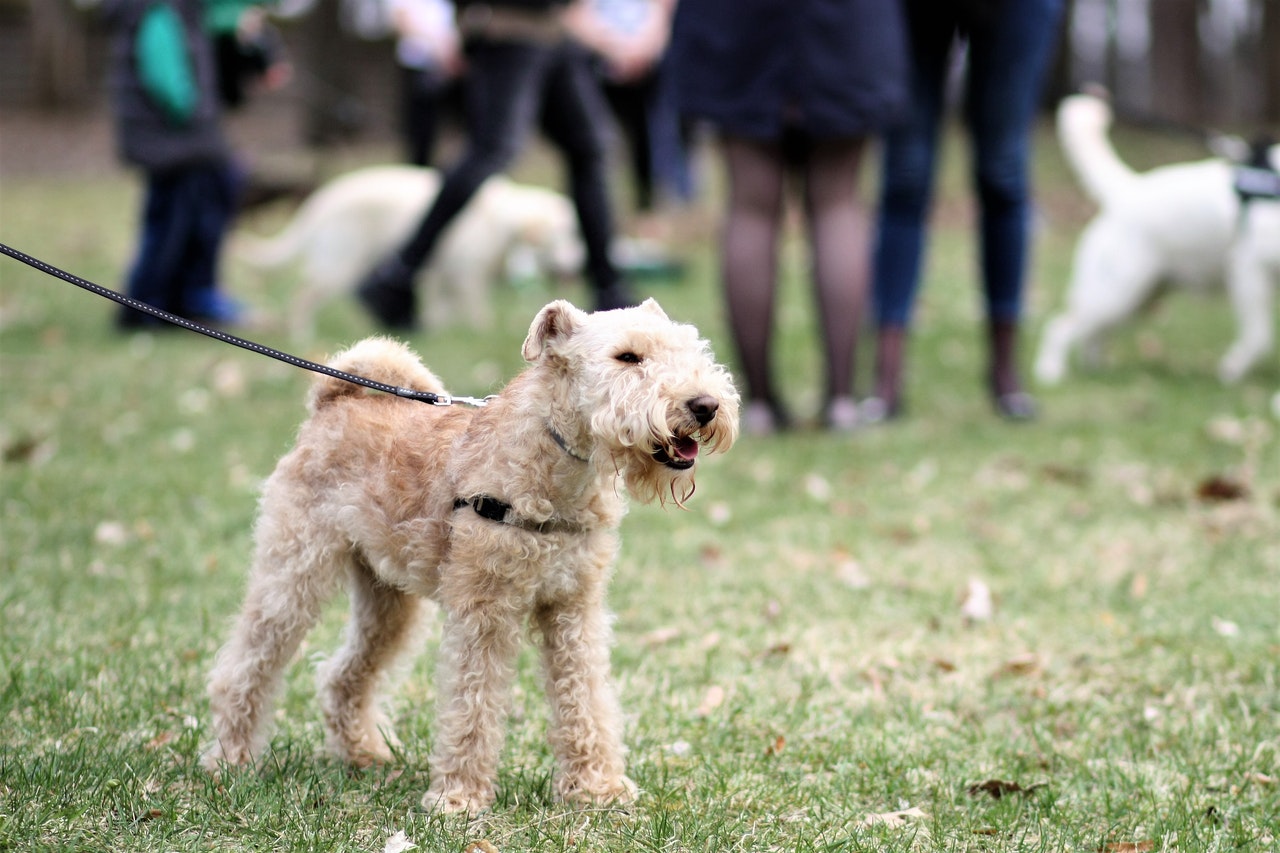
Do: Bring your own supplies
Many dog parks provide a water fountain so parched pups can refresh after playtime, but we recommend bringing your own water and a collapsible bowl just in case. Similarly, you may find a dispenser of poop collection bags and a waste receptacle, but we suggest taking a few of your own bags in case the park’s poop cleaning station supplies haven’t been refilled lately. Some dog parks prohibit toys and treats, so make sure you check your park’s rules before bringing Fido’s favorite tennis ball or a snack pack.
Don’t: Let your dog run wild
Depending on the location of your dog park, you and your pooch may be expected to adhere to community or city guidelines. You’ll find a list of rules posted at the entrance to most parks – when in doubt, look them up online – and you should read them carefully. Don’t allow your pup to roam off-leash in leashed areas. Make sure to keep your leash on hand at all times, even while your pup is playing in an off-leash area. Remember that you are responsible for your dog at all times. Even if other pet parents are present, you can’t rely on them to monitor your pup.
Do: Make sure your dog is fully vaccinated
Not everyone’s dog is up-to-date on his shots, so the best way to ensure your dog’s safety is to stay on top of his vaccination schedule. Parasitic infections like roundworms, hookworms, giardia, coccidia, and whipworms are easily communicable, so you should take your pooch to the vet immediately if he shows any symptoms of gastrointestinal distress after a visit to the dog park.
Don’t: Tell other pet parents, “He’s friendly!”
Perhaps most importantly of all: even if your dog is the sweetest, friendliest pooch you’ve ever met, you should never tell other pet parents that he’s friendly, especially in an off-leash area. Just because your dog is friendly and docile at home does not mean his good manners will extend to his behavior at the dog park. Additionally, claiming that your dog is friendly serves as unspoken permission for other people to approach your dog. While some dogs may greet strangers with a wagging tail, others display fearful aggression, which can lead to snarling, snapping, and even biting.
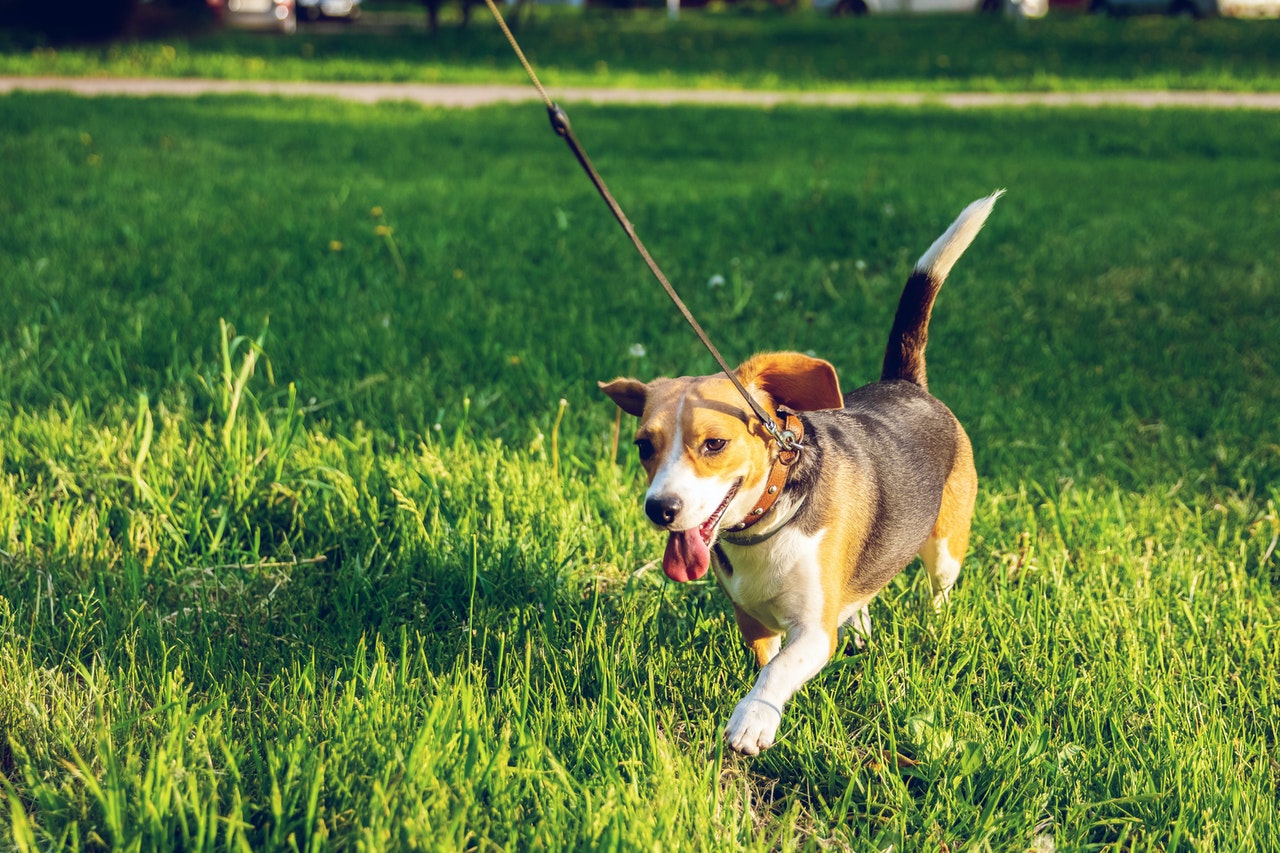
Playdates at the dog park are a fantastic way to spend time with your pup. That being said, you should always adhere to your park’s rules, pay attention to your dog at all times, and leave immediately if he begins to display signs of anxiety or aggression. Your dog is counting on you to keep him safe, and if you’re ever in doubt, it’s better to play at home.

